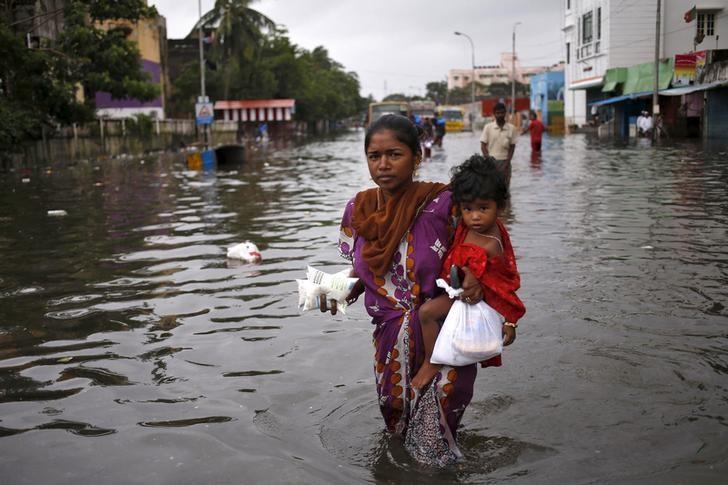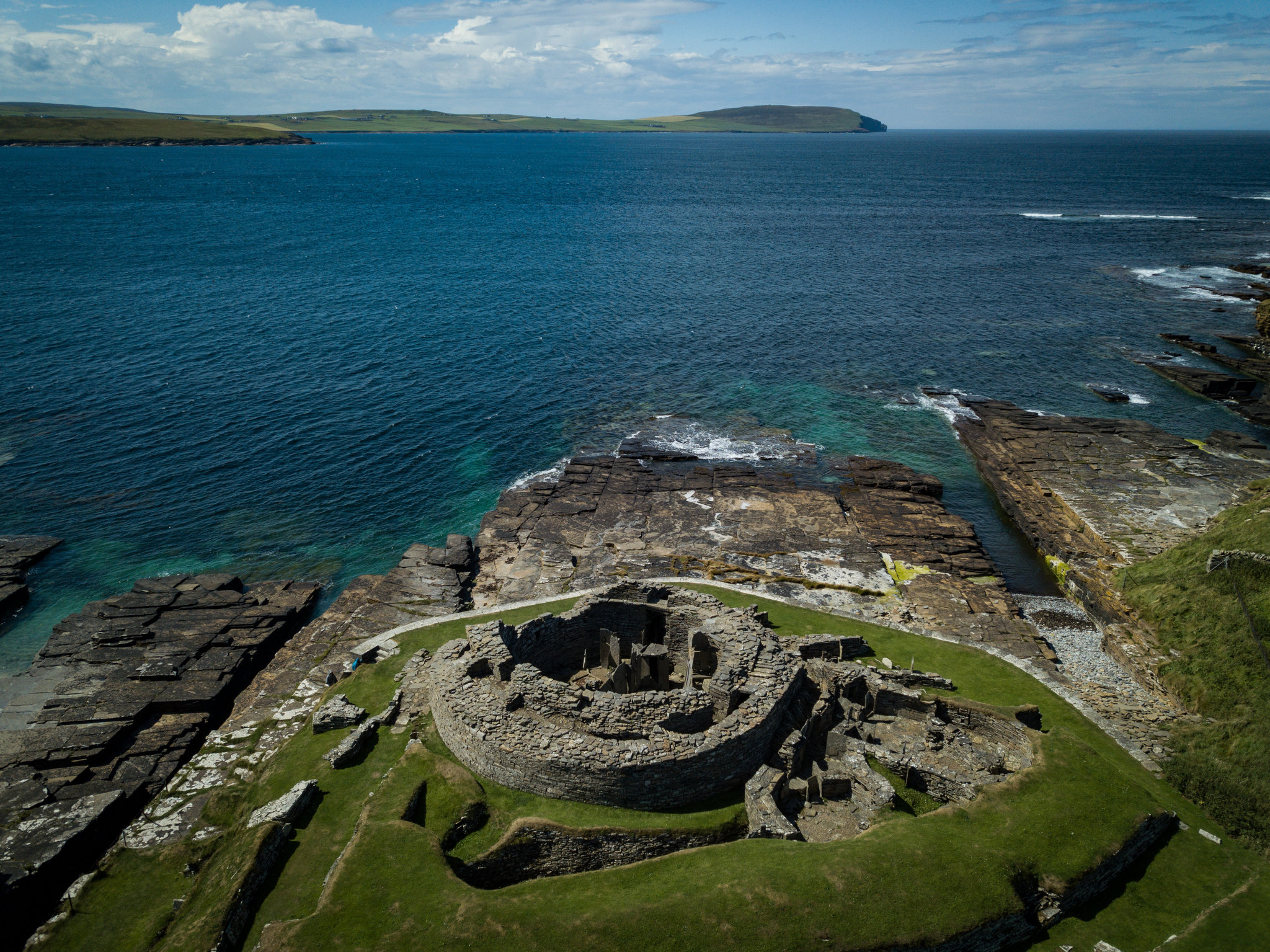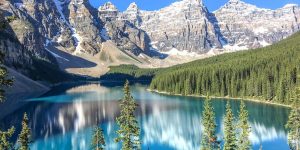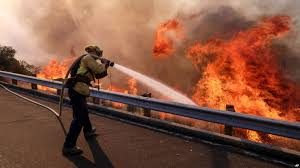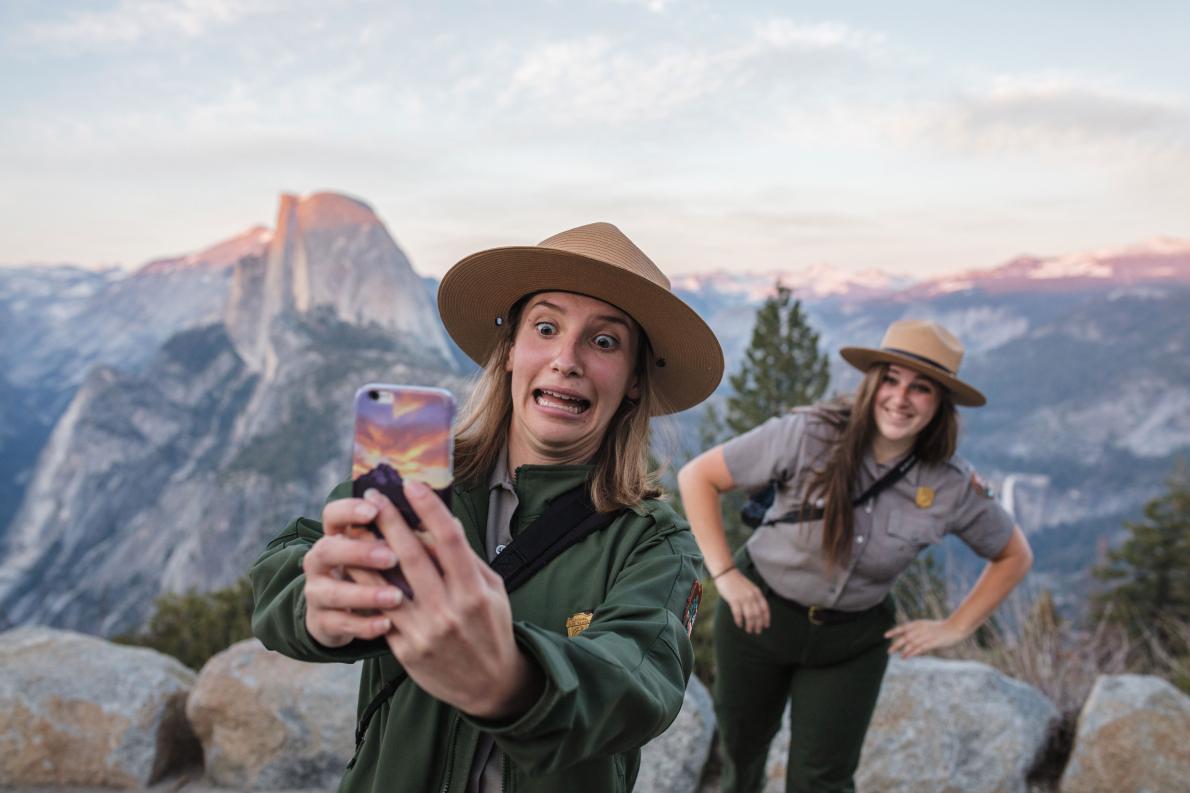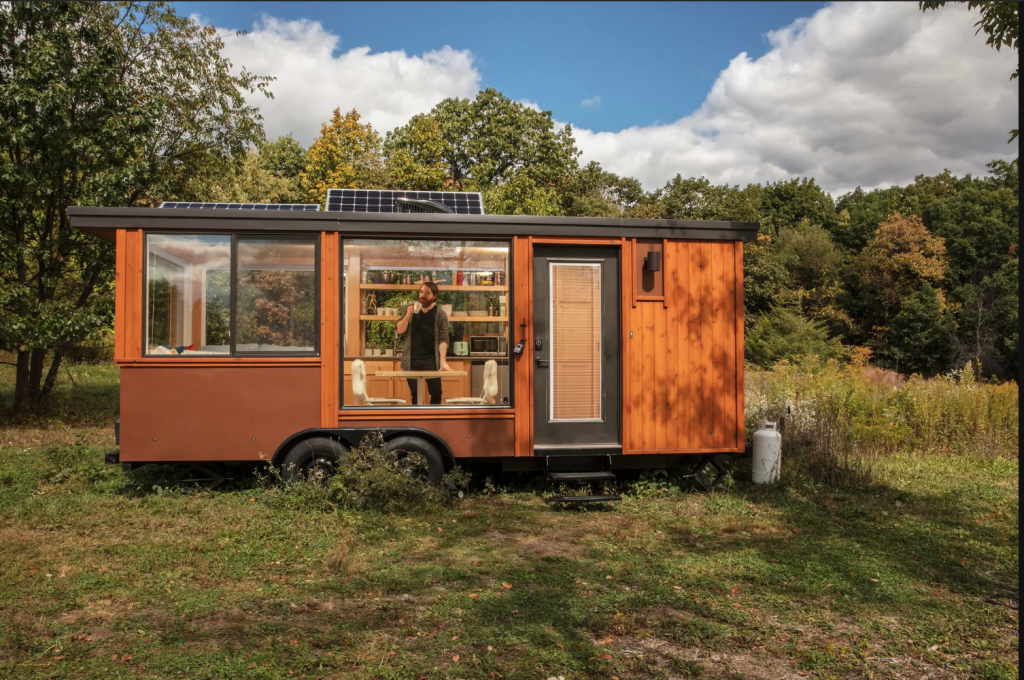
Tiny homes have become an international trend over the past ten years. A tiny home is commonly capped at a living space that is 500,000 square feet or less. Often these homes are built on wheels so that they can be moved easily. The small living fad has idealized a minimalist life-style and come to signal environmental mindfulness. Tiny homes reject the traditional American view of what a home should consist of in rejection of consumerism culture. Some fans of the movement link this housing choice all the way back to Thoreau’s cabin at Walden Pond and to a spirit of independence.
While the minimal environmental impact and respect for space are in fact good for the long terms success of cities and towns, many local governments have enforced zoning laws that make this type of living illegal. The New York metro area, like most densely populated regions, does not allow for long-term parking and living in RVs or other temporary living structures. Often zoning laws requirement minimum lot sizes or building structures that exceed the bounds of tiny homes. These zoning restrictions make it very difficult to find locations to park these structures. An estimated 90% of all tiny home users are living illegally either on public land or in the backyards/property of their friends and family.
There seems to be a disconnect between the rise in tiny home building companies to match the demand for small-scale living options and support from local municipalities. Current zoning regulations do have not kept up with the changing definition of “home.” The stagnant laws over prioritize the desires of those who can afford to live in large, permanently plotted homes. The tiny home movement started largely in response to the 2008 financial crash as a way for individuals who needed both greater locational and financial flexibility to still have claim to a place that is there. Failure to accept the changing definition of home encourages families and communities to continue to invest in the building culture that has promoted over-consumption and inefficient use of public resources.
I am not sure if tiny homes are the solution to sprawl or other unpleasant consequences of the current system of American zoning, but updating municipal practices to accept that this trend may actually benefit the greater community would be a meaningful first step.
Source: https://www.nytimes.com/2017/10/06/realestate/where-can-you-park-a-tiny-home.html


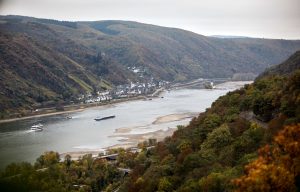 Low water on the Rhine strangles trade and economic activity Source: https://www.nytimes.com/2018/11/04/world/europe/rhine-drought-water-level.html?module=inline
Low water on the Rhine strangles trade and economic activity Source: https://www.nytimes.com/2018/11/04/world/europe/rhine-drought-water-level.html?module=inline

